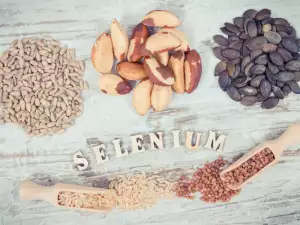In the 80s, any diet that was 100% fat-free was considered the best method of weight loss. When it was found that this method was ineffective, it was time for the high fat diet.
If we understand the differences between the various types of fats in our food, this will help us make healthier choices in our everyday diet.
Studies have shown that the consumption of food with unsaturated fats, especially as substitutes for foods with a high content of saturated fats, helps to lower the risk of cardiovascular diseases by lowering levels of LDL and total cholesterol.
Healthy fats include extra virgin olive oil, linseed oil and fats from plant sources such as nuts, seeds, avocado and walnuts. Others include oily fish, such as trout, salmon and mackerel.
Cold pressed oils, such as olive oil for example, are healthiest. These healthy fats are vitally important because the body can't produce them itself.

By the way, these healthy fats help not only with the battle against cancer but are also good for cardiovascular system health and against obesity. The list of health benefits is a long one.
Healthy fats need to be consumed at every meal. If these fats are not consumed at every meal, this will lead to many of the nutrients in the ingested food not being absorbed by the body.
This is because many nutrients are fat soluble. Beta-carotene, vitamin D and vitamin E are 3 such nutrients, requiring fat to be absorbed by the body.
Egg yolks contain healthy fats that slow the absorption of protein, assuring a constant and continuous supply to muscle tissue. A single egg yolk contains roughly 6 g of fat (half of which are saturated).
Aside from fish, linseed is the best source of omega-3 fatty acids. Adding linseed oil to salads or taking it through food supplements is a must.
The body transforms it into substances responsible for the building of muscle tissue and getting rid of fats.



















Comments